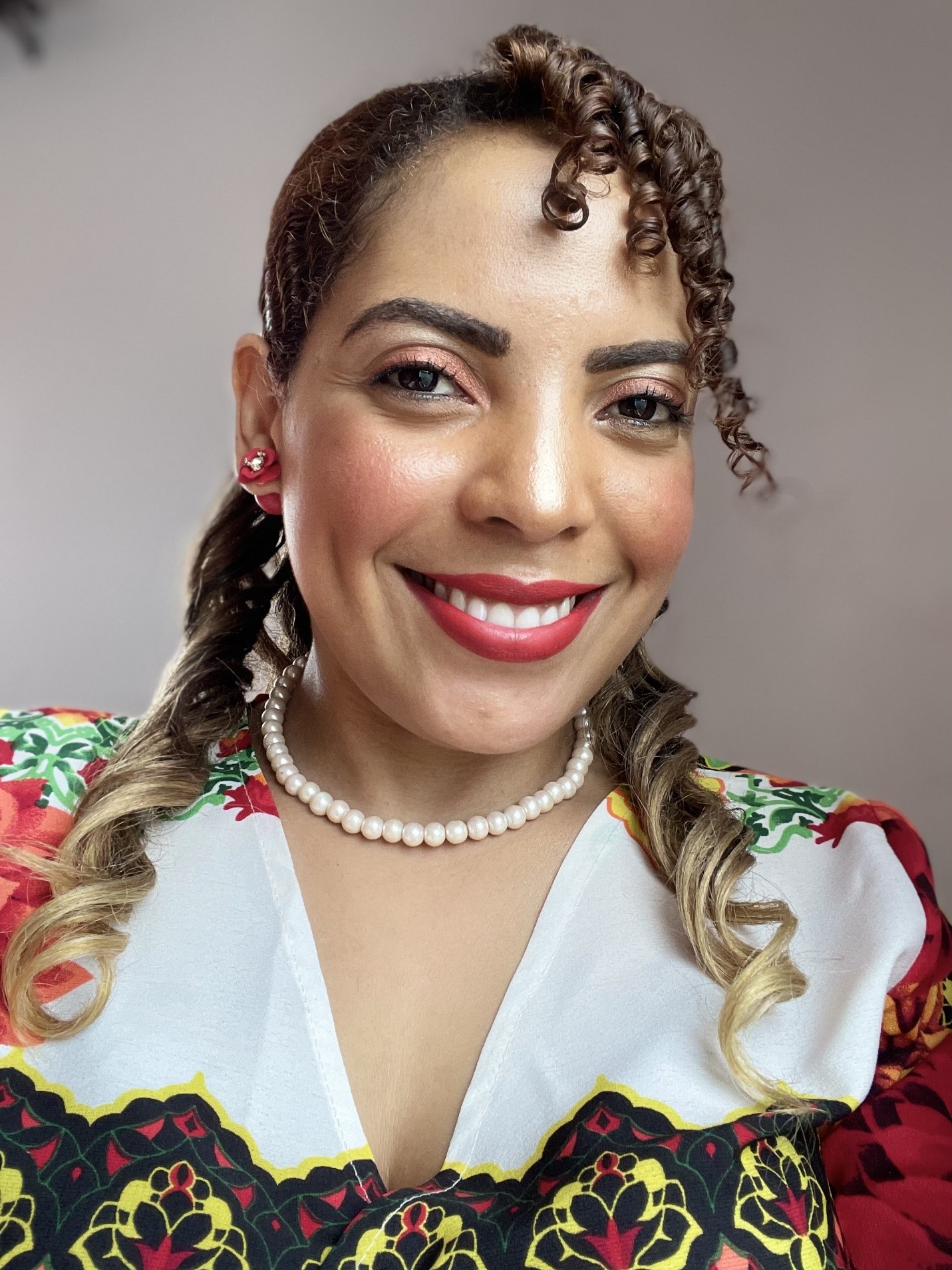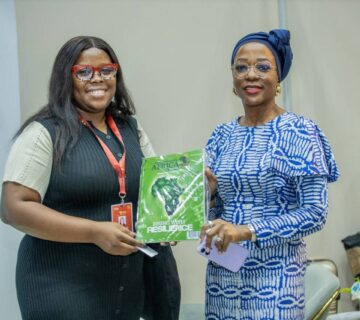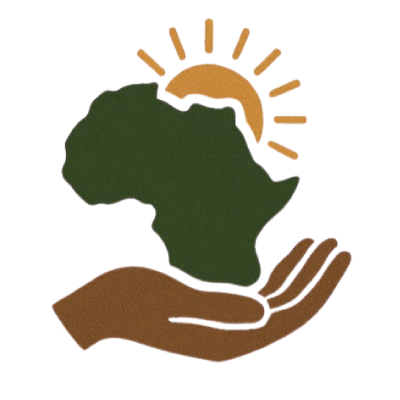By Ambassador Ruby Kryticous – Zambia
In Africa, the fight against gender-based violence (GBV) continues to become a more serious issue, and the pursuit of climate justice continues to increase deeply with interconnection. While these may appear as separate challenges, their roots inequality, poverty, marginalisation, and systemic injustice are shared. As climate change increasingly intensifies the struggles of the most vulnerable, women and girls across the continent are bearing the brunt. For example, societies continue to hinder progress around gender based violence as climate change influences the ability towards early marriage, becoming a tool to end poverty through dowry. Water scarcity due to high temperatures is a contributing factor, as women and girls are no longer safe to walk long distances in search of water, sanitation or hygiene without fear of being attacked. However, by crafting climate solutions that are gender sensitive into a more responsive approach, African countries have a unique opportunity to confront GBV while building more resilient and inclusive societies.
The Intersections: GBV and Climate Change
Gender-based violence in Africa is a long-standing and pervasive issue. From domestic abuse and child marriage to sexual violence and exploitation, GBV thrives where inequality and disempowerment persist. Climate change exacerbates these vulnerabilities making it difficult to survive external shocks.
When droughts, floods, and resource scarcities strike, women and girls are often left behind in their education, social programs to positively contribute to development. Gender roles often forces women and girls into vulnerable situations that increases the risk of sexual violence. In displacement camps caused by climate disasters, the lack of privacy, basic services, adequate health and security often leads to further abuse. Economic hardships resulting from climate shocks also increase migration, early marriages and trafficking as coping mechanisms in impoverished households.
Climate change doesn’t affect everyone equally. “Climate change could force 216 million people to migrate within their own countries by 2050”. The majority who are women, children and persons with disabilities, are left out of climate adaptation plans, not only do their specific vulnerabilities go unaddressed, but their invaluable knowledge and potential contributions to sustainable solutions are lost. Thus creating a gap between stakeholders to reach measurable outcomes towards delivering a positive impact.
Current Progress Across Africa
Encouragingly, several African countries and communities are beginning to recognize the link between climate resilience and gender equality. Policy reforms, grassroots movements, and international frameworks are helping to integrate gender into climate responses.
In Kenya, the Climate Change Act includes a requirement for public participation, ensuring that women, youth, and marginalized groups are included in decision-making processes. Zambia has adopted a National Climate Change Policy that highlights the need for gender equity, and women-led cooperatives are being trained in sustainable agriculture practices to support community resilience for support towards food security. Around the world, over 230 million girls and women undergo traditional practices such as FGM. Africa accounts for the largest share of this total, with over 144 million. Asia follows with over 80 million, and a further 6 million are in the Middle East. Another 1-2 million are affected in small practising communities and destination countries for migration in the rest of the world. Recent Milestones
- Mali (2023): Finally passed a national law criminalising FGM after years of advocacy.
- Sierra Leone (2024): Officially criminalised FGM, a major breakthrough after decades of civil society pressure.
- Sudan (2020): Amended its criminal code to outlaw FGM, with prison penalties.
Kenya
- Law: Prohibition of Female Genital Mutilation Act, 2011
Key Features:
- Criminalises FGM for all women and girls.
- Punishable by up to 7 years in prison, or life imprisonment if death occurs.
- Also criminalises aiding, abetting, or failure to report FGM.
- Includes extraterritorial provisions (e.g., taking someone abroad for FGM).
Civil society organisations across the continent have also taken up the mantle. Groups such as WEP (Women Environmental Programme) in Nigeria and Akina Mama wa Afrika in Uganda are empowering women through climate-smart farming, advocacy training, and awareness campaigns that connect GBV prevention to environmental sustainability. The Green Agriculture Youth Organisation in Zambia are providing women with tools in order to address the vulnerabilities which climate change poses.
At the regional level, the African Union Strategy for Gender Equality and Women’s Empowerment (2020–2030) places climate resilience and GBV prevention as priority areas. Additionally, African negotiators within the UNFCCC have been instrumental in pushing for gender-responsive climate finance and the inclusion of women in climate decision-making spaces.
Solutions That Work: Integrating Gender Into Climate Action
To tackle GBV through gender-responsive climate solutions, action must be deliberate and rooted in intersectionality. Here are several approaches that are proving effective across Africa:
1. Empowering Women in Leadership and Decision-Making
When women are included in climate policy and disaster planning, they bring different perspectives and priorities that benefit whole communities. Local adaptation committees, climate finance boards, and national environmental agencies must not only include women but also empower them to lead. This representation ensures GBV risks are addressed in planning and that women’s safety is a consideration in all climate interventions.
2. Investing in Gender-Responsive Climate Finance
Most climate funds still flow through male-dominated sectors and lack targeted investments in GBV prevention or women’s resilience. Donors and governments should direct funding toward women-led organizations and projects that address the dual challenge of gender inequality and climate change. Small-scale grants to local women’s cooperatives can support sustainable energy, water access, and income generation—key factors in reducing GBV risk.
3. Strengthening Climate-Resilient Services
Access to safe water, clean energy, and climate-resilient housing reduces women’s exposure to violence. For example, distributing clean energy cookstoves and solar lighting in rural communities not only protects the environment but also minimizes the need for women to travel long distances in dangerous conditions. Investing in healthcare services, especially sexual and reproductive health clinics, can also provide safe spaces and early intervention points for survivors of GBV.
4. Education and Awareness Campaigns
Grassroots education campaigns help communities understand the links between climate risks and GBV. By promoting environmental stewardship alongside gender equality, these programs are reshaping harmful social norms. Educating boys and men about the value of women in climate action and community development fosters long-term behavioural change.
5. Inclusive Data Collection and Research
Evidence-based policy is critical. Governments and NGOs must invest in collecting disaggregated data that captures the gender-specific impacts of climate change and violence. With better data, policymakers can design interventions that are targeted, efficient, and transformative.
Future Actions: What Needs to Happen Now
Despite progress, the work is far from over. GBV remains one of the most underreported and under-resourced crises in Africa. As climate events grow more severe, the urgency to act grows greater. Here’s what must come next:
– Mainstream Gender in National Climate Plans: All African countries developing Nationally Determined Contributions (NDCs) must integrate gender-responsive approaches, ensuring women’s rights and safety are central to climate planning and financing.
– Scale up Support for Women’s Climate Leadership: Governments, donors, and international organizations must invest in long-term leadership programs for women and girls. These should include mentorship, education, and access to platforms at local, national, and global levels.
– Strengthen Legal Frameworks: Legal protections against GBV must be strengthened and enforced. Simultaneously, laws related to land tenure, inheritance, and access to natural resources should be reformed to favor gender equity, empowering women to become stewards of climate solutions.
– Create Safe, Green Livelihoods for Women: Building economic resilience through green jobs, agroecology, eco-tourism, and sustainable industries can reduce women’s financial dependence and exposure to violence. Climate-smart livelihood programs must be tailored to the needs of women and girls.
– Build Cross-Sector Alliances: Tackling GBV through climate solutions requires collaboration between the environment, justice, health, education, and gender sectors. Cross-sectoral strategies foster innovation and ensure no aspect of the issue is left behind.
Climate Justice Must Be Gender Justice
The African continent stands at a pivotal moment. The climate crisis, while devastating, also offers an opportunity to reimagine a more just and inclusive future. By embedding gender equality at the heart of climate solutions, we can do more than protect the environment—we protect lives, uphold human dignity, and dismantle systems of violence that have endured for far too long.
Tackling gender-based violence in Africa cannot be separated from climate justice. They are bound together by the imperative to transform our societies from the ground up. Women deserve equal rights, opportunity and freedom to choose a better future for the next generation today. Our commitment is to provide communities with transformative leadership skills that are consistent toward gender equality. African women and girls must not just be participants—they must be leaders because their voices matter.






No comment